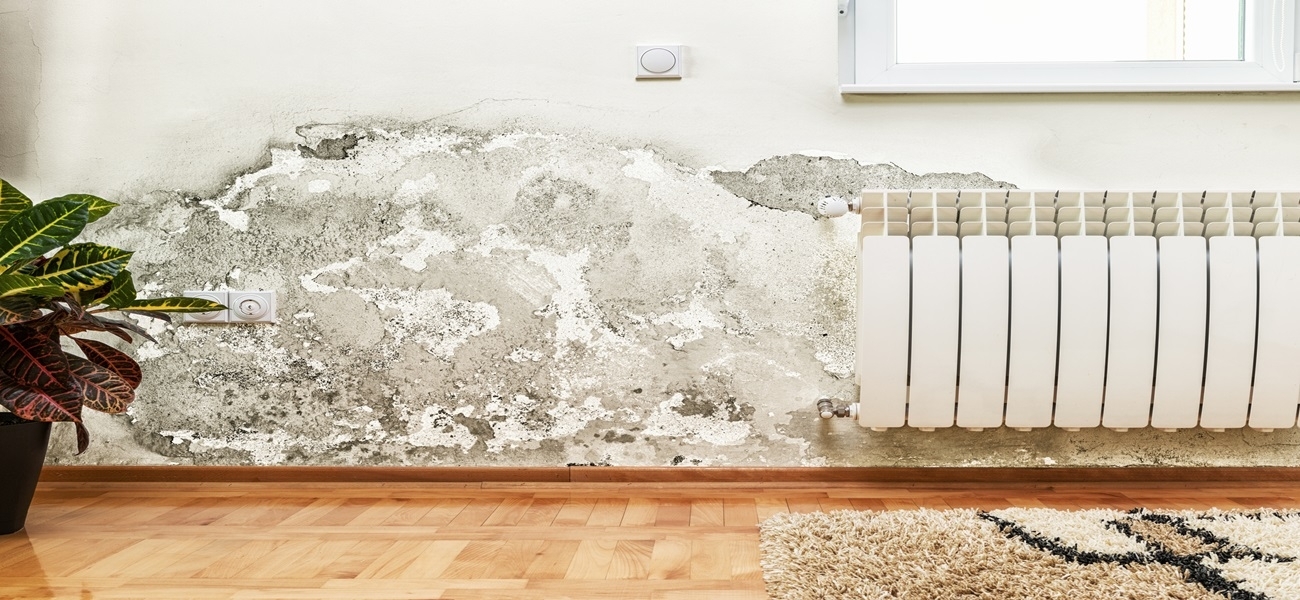 22 Sep 2018
22 Sep 2018
Dampness and mold in the house can be a serious issue, leading to unpleasant smells, health concerns, and damage to walls and furniture. To control the humidity level and prevent dampness, consider the following tips:
Use a household air dryer: An air dryer can effectively reduce excess moisture in the air and is easy to use.
Maintain the ventilation system: Ensure that ventilation holes are not blocked or covered by furniture. Install exhaust ventilation with humidity sensors in areas like the kitchen and bathroom.
Avoid hermetically sealed doors and windows: Proper airflow is essential to prevent humidity build-up. Avoid fully sealing doors and windows, as it can trap moisture inside the rooms.
Avoid drying laundry indoors: Drying laundry indoors can significantly increase humidity levels. Opt for outdoor drying or use a designated drying area with proper ventilation.
Consider anti-condensation plaster and paint: Use anti-condensation plaster on walls to prevent moisture accumulation. In bathrooms and kitchens, choose anti-condensation paint that absorbs moisture in humid conditions and releases it in drier weather.
Address existing mold: If you already have mold on the walls, remove it carefully, treat the area with a damp-proofing agent, and then cover with wallpaper or paint.
By taking these preventive measures and addressing existing issues, you can maintain a dry and healthy environment in your home, reducing the risk of dampness and mold growth.